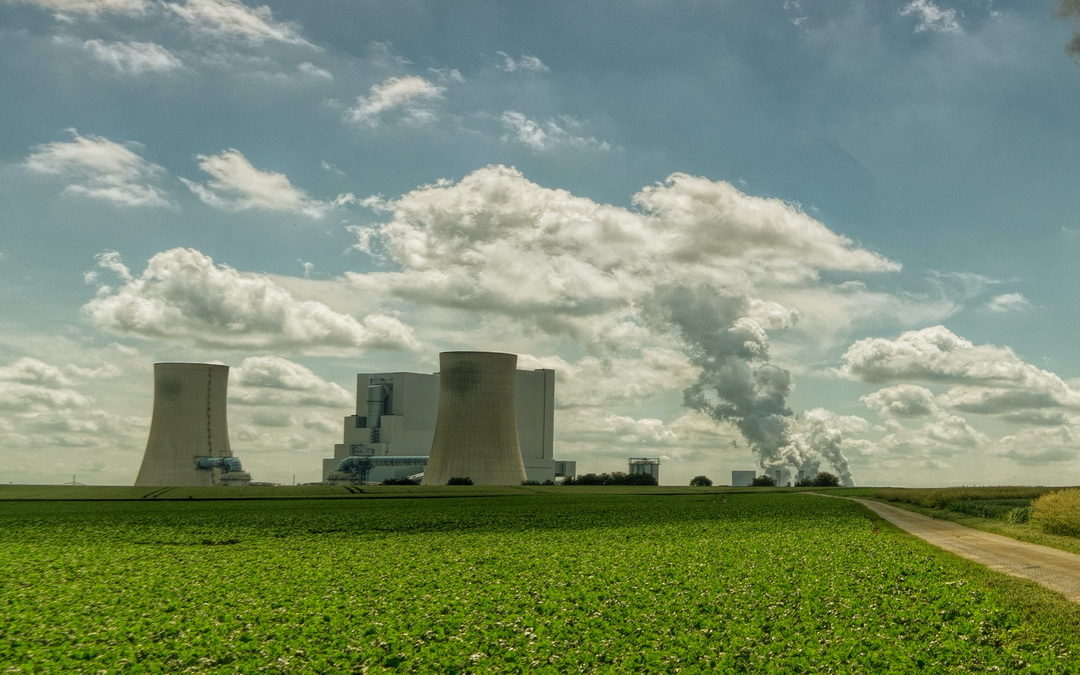Washington — The US Department of Energy has provided funding to two projects worth $26 million seeking to advance hydrogen generation by nuclear reactors, starting with a facility at an Xcel Energy plant, DOE said in a statement October 8.
The DOE funding requires recipients to match the government support with their own in-kind or other contributions, and the $26 million value is the total including such recipient efforts. DOE did not say in the announcement what proportion of either of the projects was coming from the government versus the recipient, but previous projects have often required a 50/50 split in contributions.
The projects are designed to help nuclear plants be able to switch between electricity production and hydrogen generation depending on market conditions, consequently increasing their profitability, DOE said.
In the first project, valued at $13.8 million, nuclear operator Xcel Energy’s Northern States Power subsidiary will build a hydrogen generating testing facility at one of its nuclear plants in Minnesota, DOE said. DOE did not identify the plant. Xcel operates the Monticello and Prairie Island stations.
Xcel will develop a “fully functional hydrogen plant” that can use electricity from the nuclear reactor to generate hydrogen and test various electrolysis technologies for doing so, DOE said. The goal is that the system be “reversible,” meaning it could generate electricity from burning hydrogen when power demand was higher.
There are several pilot projects by four US nuclear plant operators to explore hydrogen generation as a way to use surplus electricity during periods of high renewable generation. The nuclear industry has said this is a potential solution to the problem of low power prices when wind and solar output is high, which has caused nuclear units in some markets to shut permanently.
The second project will support work by FuelCell Energy, a Connecticut company, in conjunction with the Idaho National Laboratory, on a solid oxide electrolysis cell to be used at nuclear stations. That project is worth $12.5 million, DOE said.
-S&P Global

